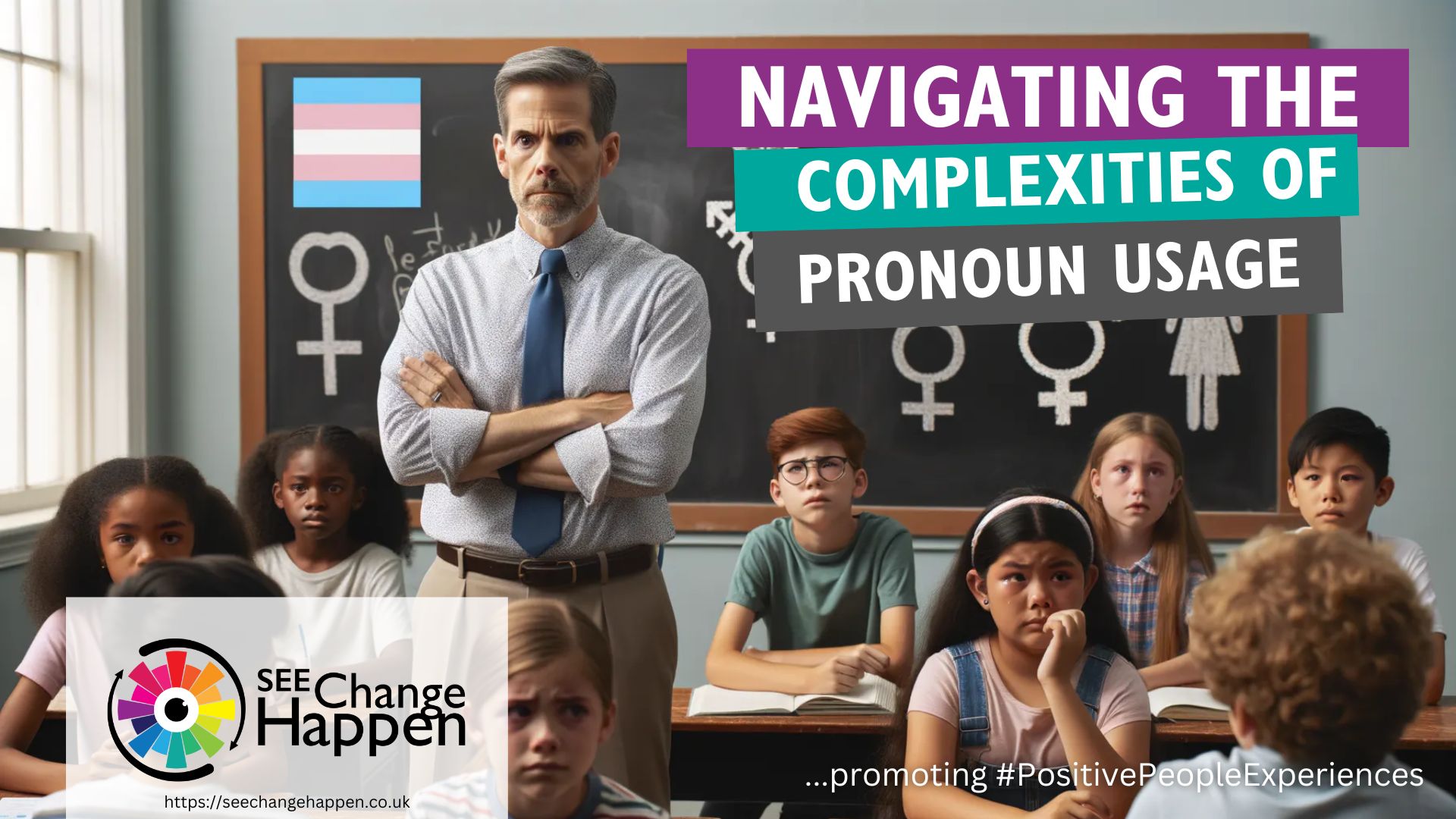
Common pitfalls of Employee Engagement Surveys that make them ineffective
We want to know what our colleagues and staff think of our organisation. No doubt we are carrying out our Employee Engagement Surveys on an annual basis and getting somewhat useful information back – but are we really getting the insights we need to understand our culture and pulse of our organisation
Let us examine some of the pitfalls that organisations often fall into that limit the effectiveness of the survey and data that is fed back.
Firstly, organisations tend to survey too infrequently. There is this myth that people suffer survey fatigue, and it will turn them off and become less useful. To counter this view, I would advocate that the problem is actually ‘lack of action fatigue’ – if you are asking and polling without publishing the results in a timely and meaningful ways without highlighting the actions and insights that will result, is it any wonder why people get tired of responding – what’s the point? Organisations must adopt a “you said, we did” mantra from both our internal voices as well as from our customers. Let’s find ways to feel the pulse daily.
Secondly, organisations shy away from collecting demographic data in their surveys.
What is the use of data and insights where we can’t ask the question “who said”? We may find that 95% of our colleagues are positive and satisfied but how can we drill down on the 5% to truly understand where areas of concern can lie.
I want to know if the people who are less engaged are from marginalised communities, what their length of services is, and the department or teams they work in – then I can work with the managers and leaders to address the concerns and culture in those specific areas – adding to KPIs and performance targets to ensure it is measured and actioned.
I know that many organisations struggle to get high response levels, many also find a lot of “prefer not to say” responses – if this is the case it is a sign to think about how the engagement survey is being positioned and communicated, do colleagues understand “the why” as it relates to them.
Often it is a case of building trust, this can be through employee resources group or staff forums – but I will bring you back to point one – has a “lack of action fatigue set in”?
Third and finally, are we asking the right questions. Too often I see organisations focusing inwards on themselves, without asking the employee how they feel about something that is key.
The most insightful question I have seen on an Employee Engagement survey is “I have the chance to use my strengths every day at work” with an option to grade that from 1 to 5.
This one question tests the motivation and engagement more than any number of subjective thoughts on the organisation – we should be asking our people “how they feel”, not “what they think” style questions.
When we are looking at Inclusion and Belonging the measurement is “feelings” – I feel included, engaged, challenged, and valued.
How are you feeling?
Joanne Lockwood (she/her), SEE Change Happen
Originally published in The Herald Scotland
——————
Joanne Lockwood is an Inclusion and Belonging Specialist with SEE Change Happen and works with organisations throughout the UK, Europe and Elsewhere – speaking, training, and consulting.





